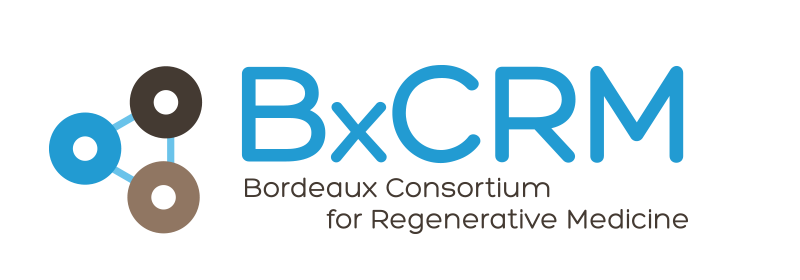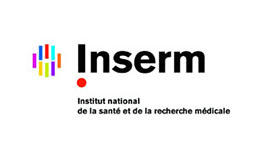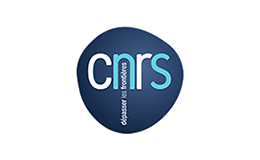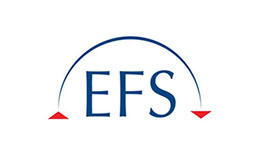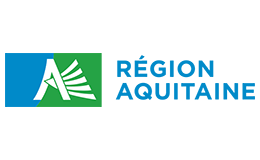Tissue inflammation and Repair
This program covers the study of the mechanisms of tissue regeneration, the pathophysiology of inflammatory diseases, the development of innovative non-invasive imaging tools, the study of anti-inflammatory drugs, and the development of functionalized biomaterials for improving their tolerance.

More specifically, addressed questions are:
- The regeneration of skin and kidney tubular epithelium: the pathophysiology of (i) skin diseases, with a focus on vitiligo, (ii) bronchial diseases, with a focus on asthma and chronic obstructive pulmonary disease, (iii) nervous system diseases, with a focus on multiple sclerosis and sepsis effects on the nervous system, (iv) juvenile traumatic brain injury
- The imaging of the atheroma plaque by molecular imaging technologies, including antibody-based new magnetic resonance imaging tracers
- The imaging of the tumor microenvironment including the development of new modalities of local heating-mediated expression of molecules of interest; the imaging of inflammation in neuropathological conditions by functionalized nanotracers
- The development of methods, including non-invasive imaging, to evaluate the benefits of treatments of juvenile traumatic brain injury
- The development of new analytical strategies to monitor the properties of anti-inflammatory drugs and the design of new galenic formulations of anti-inflammatory drugs
- The functionalization of biomaterials with anti-inflammatory molecules to improve their biocompatibility
Representative publications
- Thebaud, N.B., Aussel, A., Siadous, R., Toutain, J., Bareille, R., Montembault, A., David, L., and Bordenave, L. Labeling and qualification of endothelial progenitor cells for tracking in tissue engineering: An in vitro study. Int J Artif Organs, (38), 224-232 (2015).
- Wystrychowski, W., McAllister, T.N., Zagalski, K., Dusserre, N., Cierpka, L., and L'Heureux, N. First human use of an allogeneic tissue-engineered vascular graft for hemodialysis access. J Vasc Surg, (60), 1353-1357 (2014).
- Fricain, J.C., Schlaubitz, S., Le Visage, C., Arnault, I., Derkaoui, S.M., Siadous, R., Catros, S., Lalande, C., Bareille, R., Renard, M., Fabre, T., Cornet, S., Durand, M., Leonard, A., Sahraoui, N., Letourneur, D., and Amedee, J. A nano-hydroxyapatite--pullulan/dextran polysaccharide composite macroporous material for bone tissue engineering. Biomaterials, (34), 2947-2959 (2013).
- Chollet, C., Bareille, R., Remy, M., Guignandon, A., Bordenave, L., Laroche, G., and Durrieu, M.C. Impact of peptide micropatterning on endothelial cell actin remodeling for cell alignment under shear stress. Macromol Biosci, (12), 1648-1659 (2012).
- Guillotin, B., Souquet, A., Catros, S., Duocastella, M., Pippenger, B., Bellance, S., Bareille, R., Remy, M., Bordenave, L., Amedee, J., and Guillemot, F. Laser assisted bioprinting of engineered tissue with high cell density and microscale organization. Biomaterials, (31), 7250-7256 (2010).
- Rezvani, H.R., Ali, N., Serrano-Sanchez, M., Dubus, P., Varon, C., Ged, C., Pain, C., Cario-Andre, M., Seneschal, J., Taieb, A., de Verneuil, H., and Mazurier, F. Loss of epidermal hypoxia-inducible factor-1alpha accelerates epidermal aging and affects re-epithelialization in human and mouse. J Cell Sci, (124), 4172-4183 (2011).
- Serrano, M.C., Pagani, R., Vallet-Regi, M., Pena, J., Comas, J.V., and Portoles, M.T. Nitric oxide production by endothelial cells derived from blood progenitors cultured on NaOH-treated polycaprolactone films: A biofunctionality study. Acta Biomater, (5), 2045-2053 (2009).
Coordinators
P. Berger (Inserm U 1045) and J. Ripoche (Inserm U 1026)
